The Muskrat is a mid-sized rodent that originates in North America. Humans have introduced this species into Eurasia and South America as well, where researchers consider them an invasive species.
Though their name includes the term “rat,” this species is more closely related to lemmings and voles. Read on to learn about the Muskrat.
Description of the Muskrat
At a glance, this creature looks a bit like a small beaver. That is, until you check its tail! Muskrats have long, narrow tails that are just slightly flattened. The tail is hairless, but the rest of the body has coarse brown hair.
Most individuals measure between 16 and 24 in. long. Adults weigh anywhere from 23 to 63 oz., but they weigh about 40 oz. on average.
Interesting Facts About the Muskrat
This species is an interesting, albeit troublesome, creature. Learn more about the various traits and behaviors of this rodent, below.
- Tail Track – Sometimes it’s difficult for you to identify a footprint. However, these rodents have easily identifiable tracks. When they walk on land, their tails drag along the ground, leaving a long line between the footprints.
- Semi-Aquatic – This rodent is most at home in the water. Their favorite habitat types are wetlands, marshes, and other watery areas.
- Swimming Adaptations – To better help them in the aquatic ecosystems, these rodents have a few unique traits. Their flattened tails work as a paddle to propel through the water, and they can close their ears to keep the water out.
Habitat of the Muskrat
As we discussed above, these rodents love watery habitats. They prefer living in regions with plenty of water and lots of dense vegetation to eat. Some of the different types of ecosystems that they utilize include ponds, wetlands, marshes, streams, lakes, swamps, bogs, and more.
In some areas where their natural habitat is scarce, these rodents occupy other manmade habitats. It is not uncommon to find them in retention ponds and canals.
Distribution of the Muskrat
The natural range of this species extends throughout much of North America. They live from northern Canada into the southern United States. You can find them from the eastern coast to the western coast of North America.
Humans have also introduced this species outside of its natural range. These invasive populations stretch from Europe across Asia. Humans have also introduced them to South America as well.
Diet of the Muskrat
Though they are primarily herbivorous, and mostly eat plants, this species also feeds on small animals occasionally. The bulk of their diet consists of virtually anything, including roots, grasses, leaves, and stems. Some of their favorite foods are cattails and water lilies.
In addition to their natural food sources, these rodents also eat a variety of crops. Because of this, many consider them an agricultural pest.
Muskrat and Human Interaction
People hunt these rodents for their fur and as food. They also kill them for destroying crops. However, across their native and introduced range they have high population numbers. These creatures also breed quickly to replenish their population. Because of this, the IUCN lists the Muskrat as Least Concern.
Domestication
Humans have not domesticated this species in any way.
Does the Muskrat Make a Good Pet
Generally, this rodent does not make a good pet. The “musk” part of their name holds true, they have a musty and unpleasant odor. In most places, it is actually illegal to own a Muskrat as a pet.
Muskrat Care
These rodents are quite common, but zoos do not frequently keep them in their collections. Generally speaking, they prefer living in habitats with lots of water to swim in. They also provide the rodents with a variety of hiding places and plants to forage on.
Zookeepers feed them a commercially produced rodent chow, as well as grasses, hay, and vegetables.
Behavior of the Muskrat
This mammal is quite social and territorial. Families live together and defend territories from others. However, the mom will kick out her grown offspring if food becomes scarce.
Groups forage most at dusk and dawn, but they do not have strict activity schedules. They spend most of their time swimming and wading through the water, foraging for food.
Reproduction of the Muskrat
A female can breed two or three times in a single year. The gestation period lasts about a month, and litters contain between six and eight offspring. The mother weans them when they are just one month old. It takes between six months and a year for the young to reach full independence.

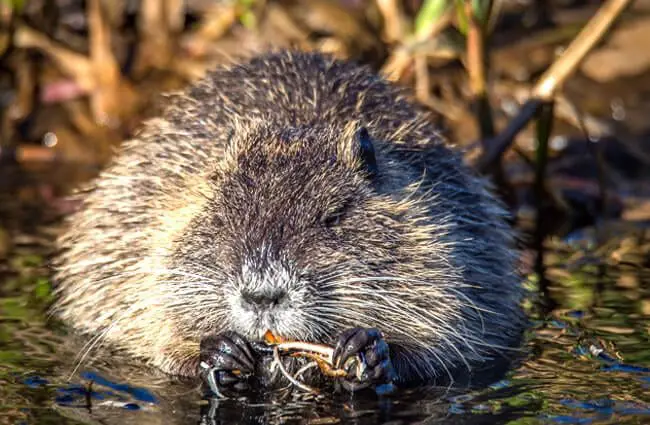
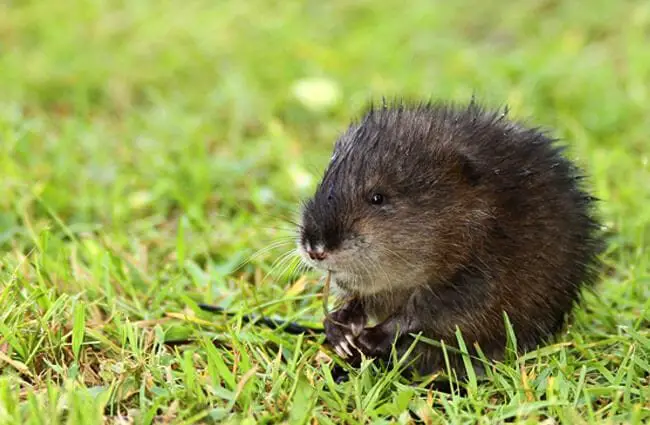
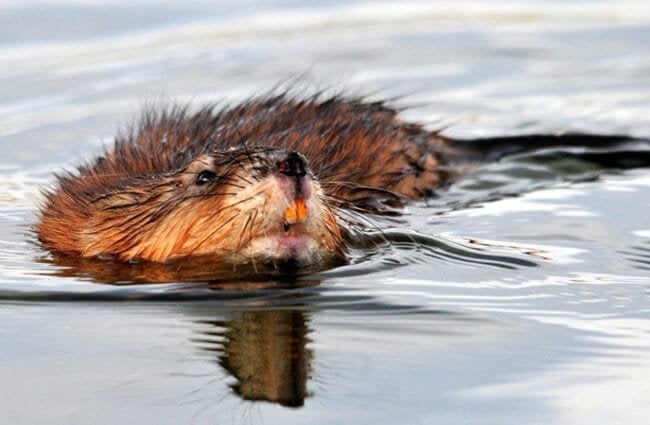
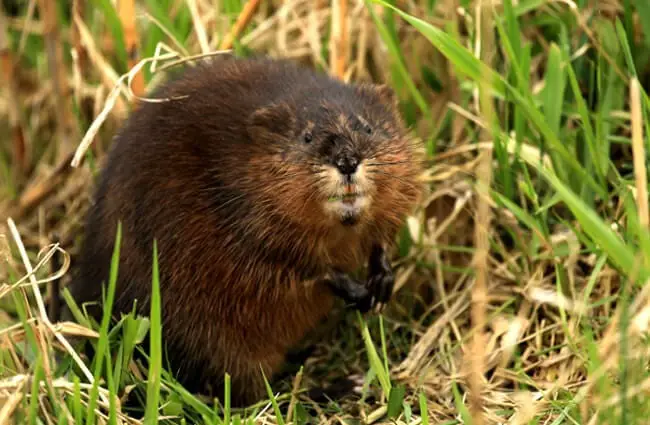


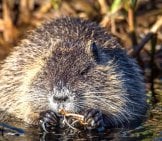
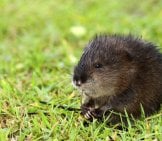

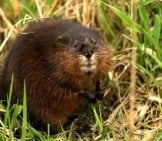
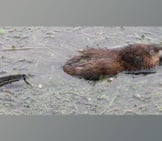

![Red Angus Closeup of a beautiful Red Angus cowPhoto by: U.S. Department of Agriculture [pubic domain]https://creativecommons.org/licenses/by/2.0/](https://animals.net/wp-content/uploads/2020/03/Red-Angus-4-238x178.jpg)












![Red Angus Closeup of a beautiful Red Angus cowPhoto by: U.S. Department of Agriculture [pubic domain]https://creativecommons.org/licenses/by/2.0/](https://animals.net/wp-content/uploads/2020/03/Red-Angus-4-100x75.jpg)

